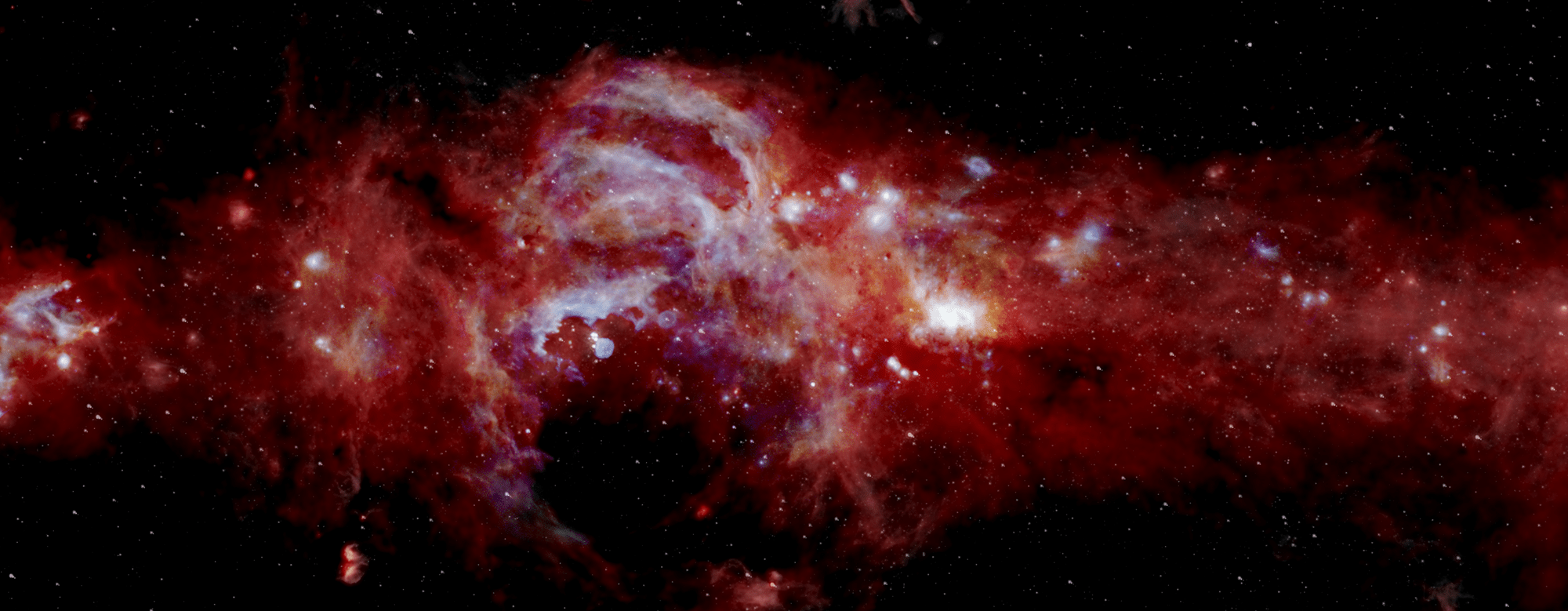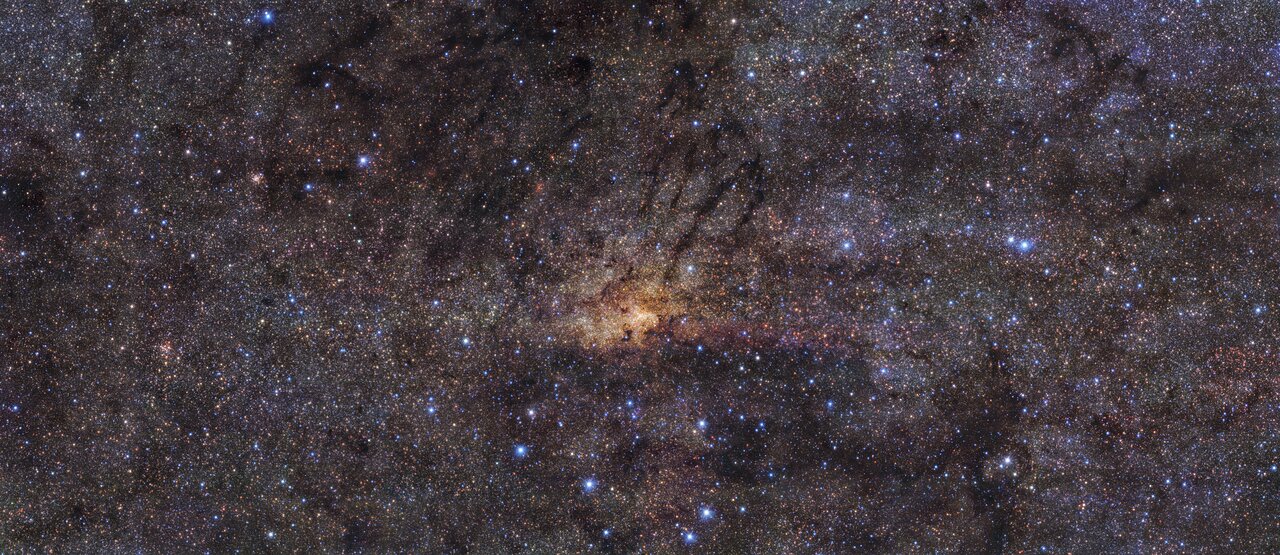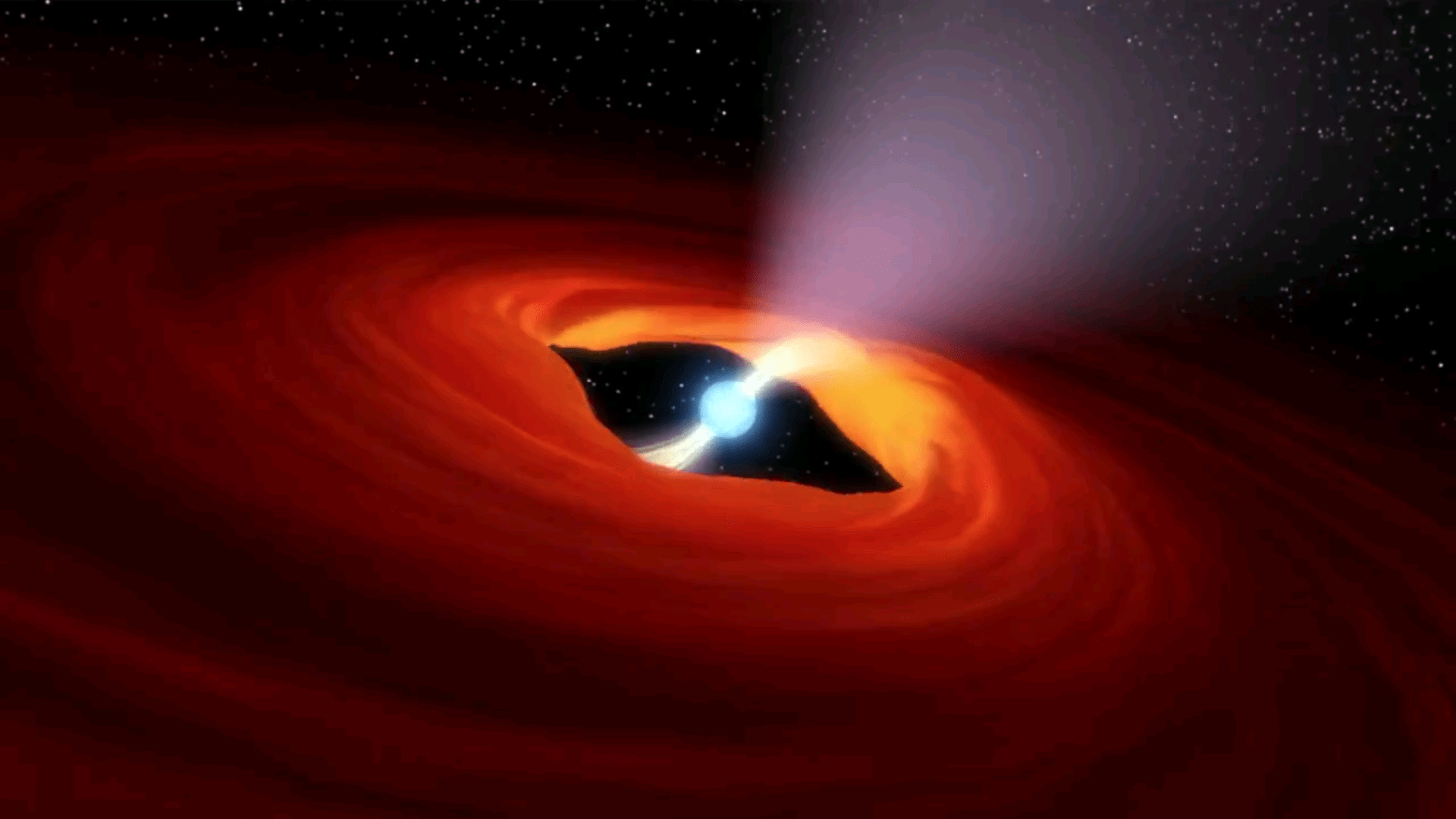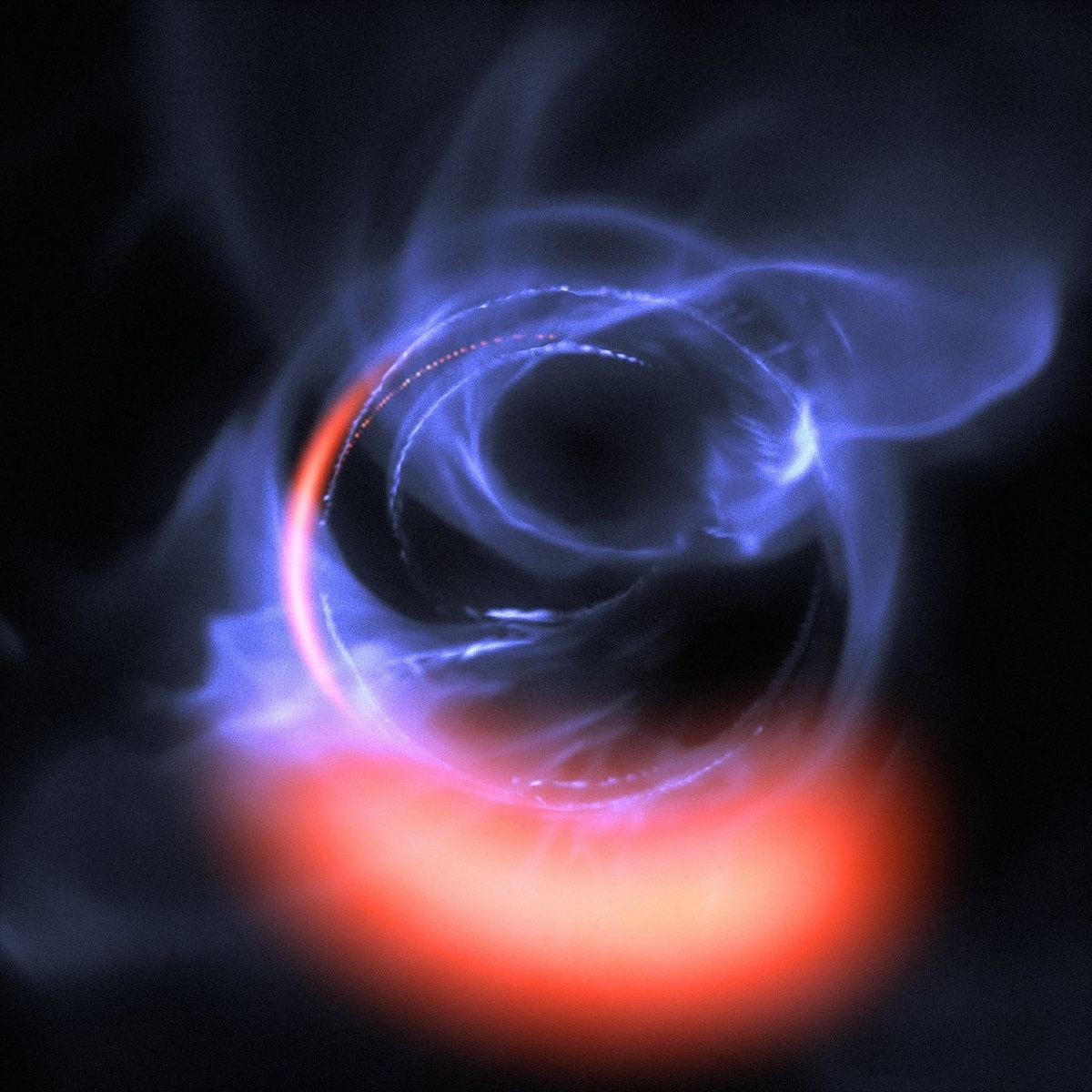Where do they come from, those beguiling singularities that flummox astrophysicists—and the rest of us. Sure, we understand the processes behind stellar mass black holes, and how they form from the gravitational collapse of a star.
But what about the staggering behemoths at the center of galaxies, those supermassive black holes (SMBH) that can grow to be billions of times more massive than our Sun?
How do they get so big?
Continue reading “Supermassive Black Holes Grew by Consuming Gas and Entire Stars”
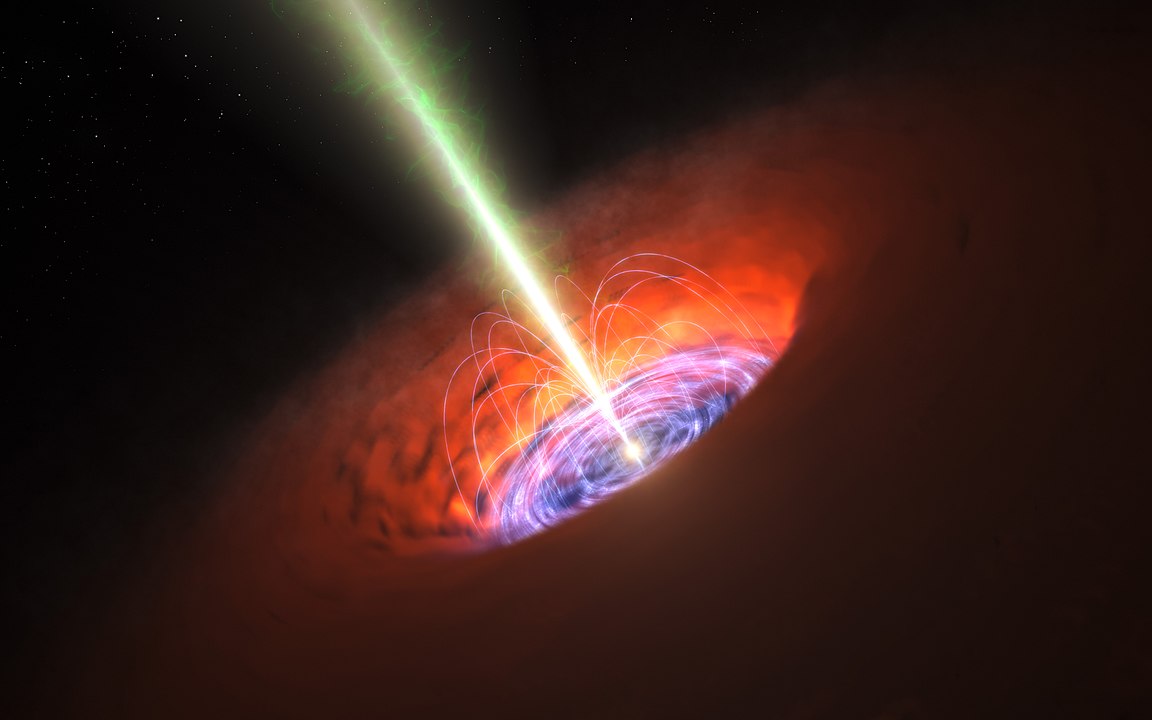
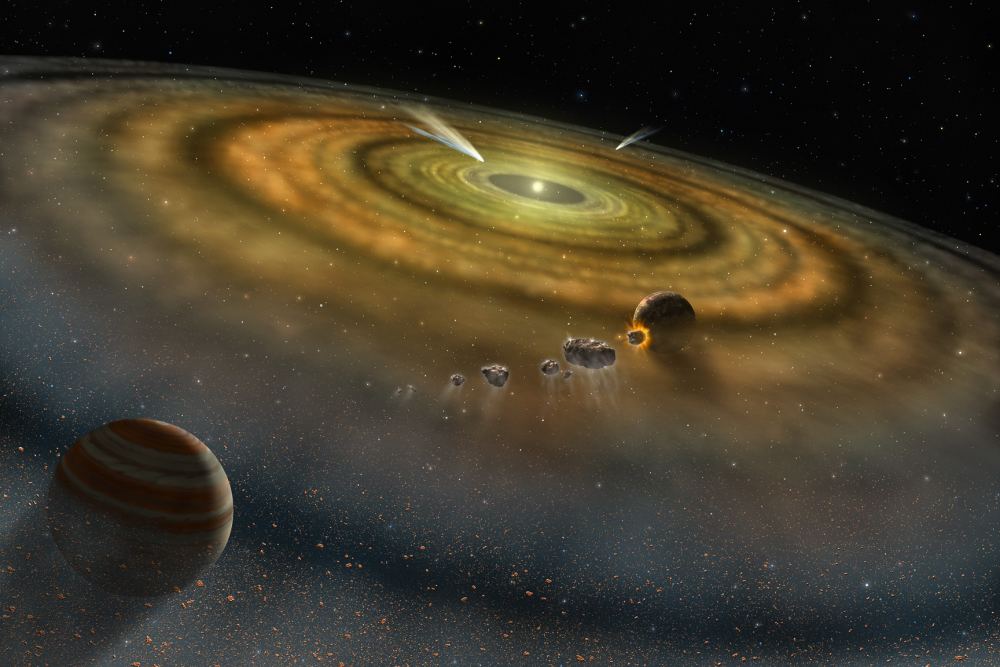
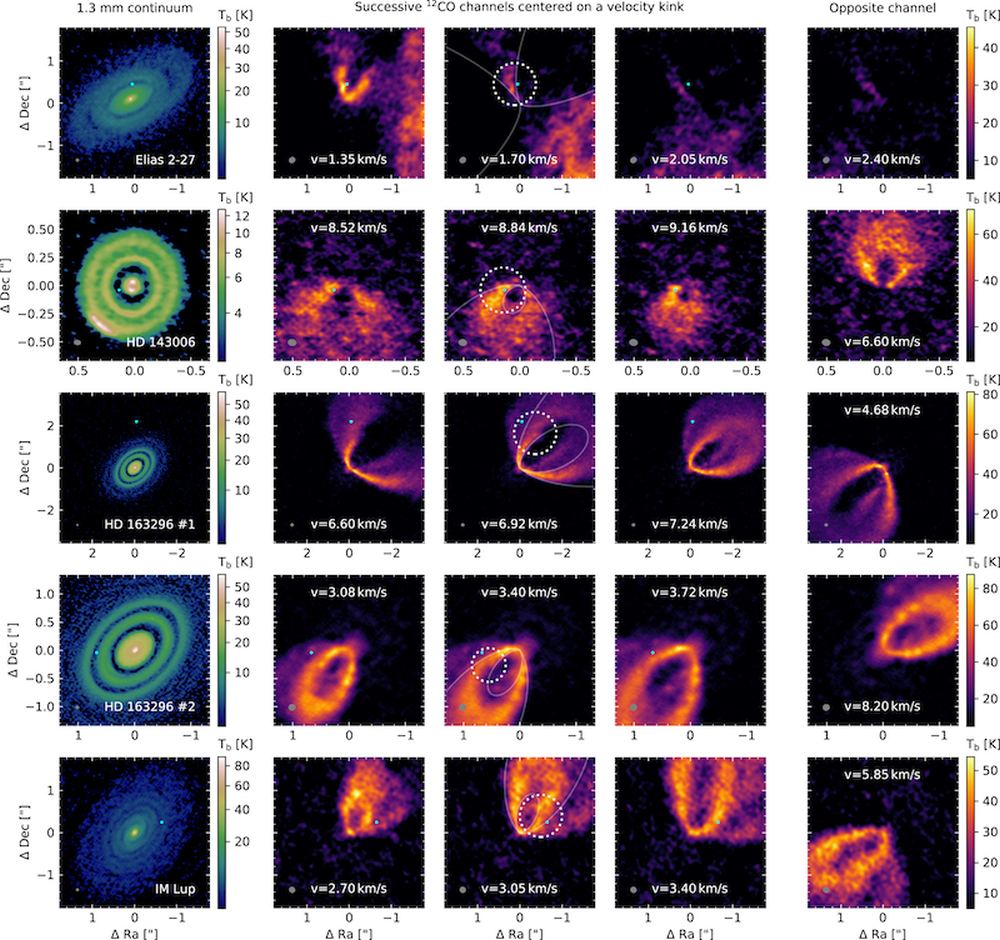
![Artist’s impression of one of the two stars in the FU Orionis binary system, surrounded by an accreting disk of material. What has caused this star — and others like it — to dramatically brighten? [NASA/JPL-Caltech]](https://www.universetoday.com/wp-content/uploads/2020/02/PIA20689_fig1.jpg)

